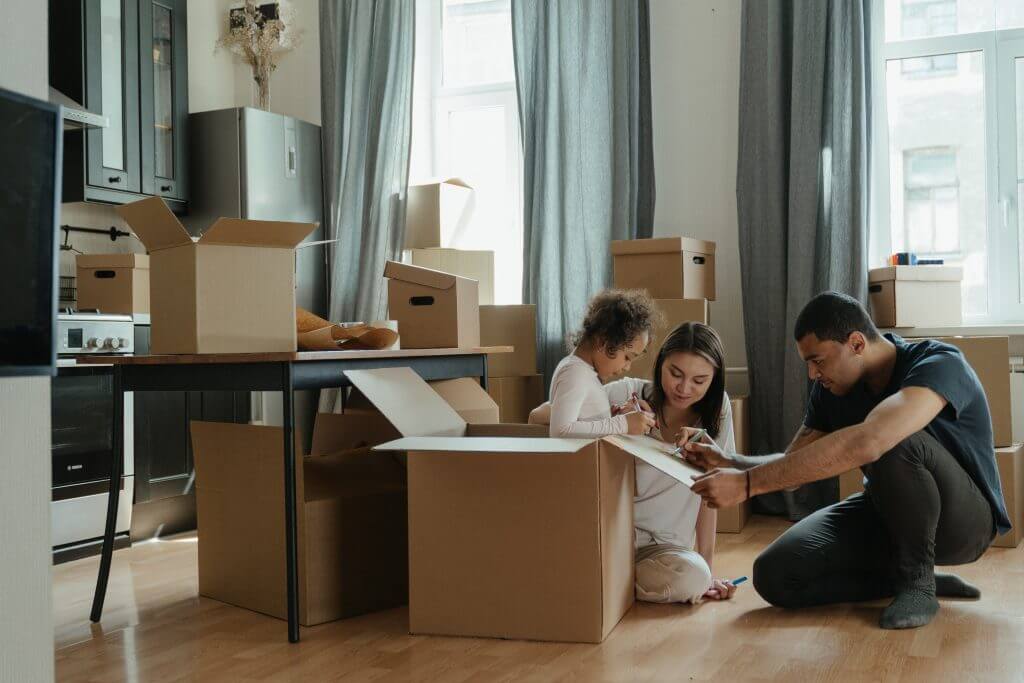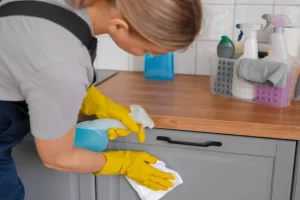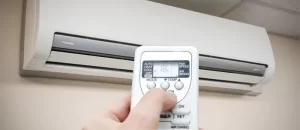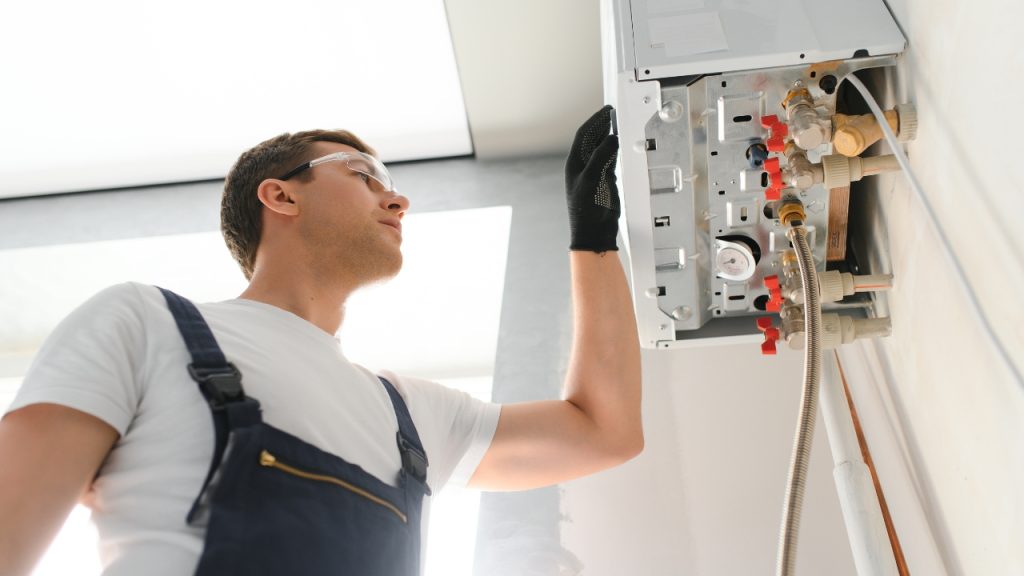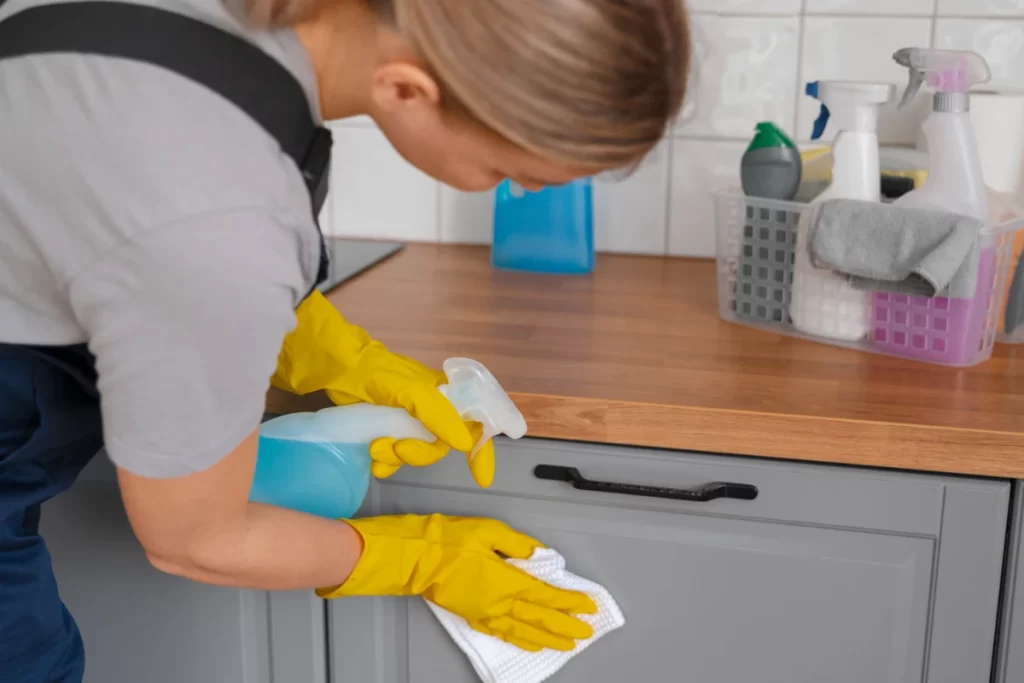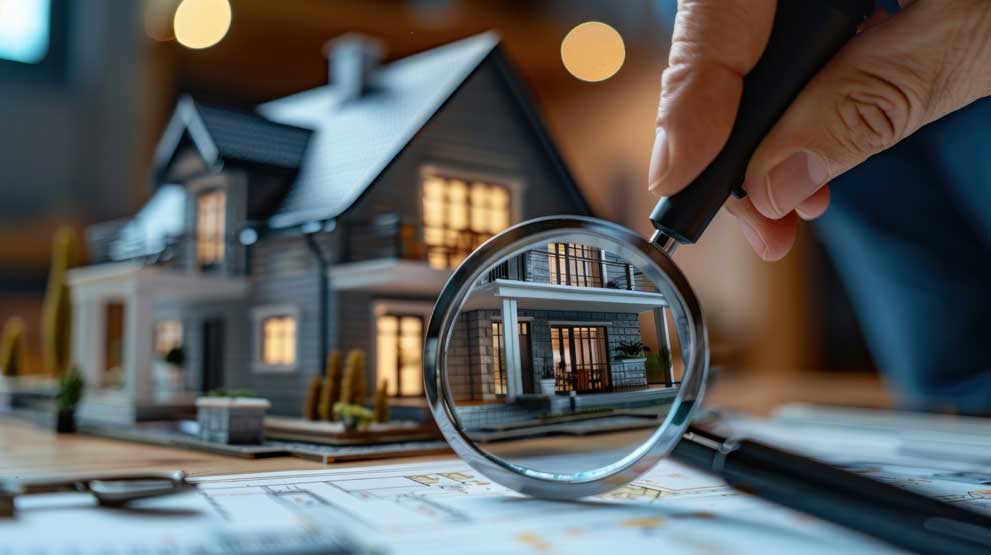Packing can be stressful, but getting ready to move can bring excitement and happiness. It can be difficult to know where to start, what to pack, and which room you should begin with. This process can be made less stressful by using a weekly packing checklist.
Make sure to have all the moving supplies you need before packing.
Consider creating a packing list before you start packing to keep yourself organized. Working with household movers in Auckland can make the process smoother. The following items will become essentials as you prepare for your move.
- Boxes. When it comes to packing, these are the most important. Organising your home is easier if you have a range of sizes.
- Tape. Having a strong adhesive to seal boxes, secure bubble wrap around fragile items and ensure your home goods are put away safely.
- Utility knife/scissors. Utility knives are useful for cutting a wide range of materials. When assembling items, the ability to cut tape and other materials cleanly can reduce frustration.
- Permanent marker Labeling boxes with permanent markers is essential. Don’t lose track of which box contains what. Label boxes with permanent markers so that you can easily sort them into rooms and prioritize the unpacking.
- Plastic bags. Plastic bags are useful for storing smaller items like silverware and non-perishable foods.
- Blankets. Use blankets to protect mirrors, glass and other fragile items.
- Newspaper and/or bubble wrap. As with blankets, you can use bubble wrap or newspapers to pack kitchen items like mugs and plates.
- Handcart. This will reduce the risk of injury when lifting heavy boxes.
Moving and packing tips
When packing for a move, organization and planning are key. Create a moving schedule and arrange items according to their common use, function, or room. These tips will help you start.
- Pack items that you will not need immediately. Pack items that you won’t need often to avoid living out of boxes.
- Pack items that are similar together. Pack similar items according to their use or space.
- Pack essentials separately to make it easier to access. Nobody wants to dig through boxes looking for items. Putting things like first aid and flashlights together in one box can reduce frustration.
- Label every box with its contents and the room. Labeling boxes by contents and room simplifies unpacking. Unloading boxes directly into the right rooms is possible.
- Color code the boxes according to each room. A color-coded system can help you organize your packing by ensuring that each room is represented.
- Give yourself enough time to pack. Give yourself more time to pack and organize than you expect. A packing schedule is a good way to ensure you have enough time.
- First, load furniture and appliances. It will make it easier to load the smaller items at the front of the truck.
How to pack a home office
You may have a number of important documents and items in your home office. It is important to consider how you will pack electronics, paperwork and other stationery.
- Pack boxes lightly.
- When disassembling electronics, color code the wires .
- Keep important documents close by in a safe box.
- Take photos of your electronics before disassembling them. This will help you reassemble them properly after you move.
Packing garage and outdoor furniture
As you pack your home, don’t forget to consider the items and furniture in your garage.
- Before moving, remove any propane, charcoal, or wood from heaters, firepits, and grills.
- Break down furniture to make it easier to move.
- Pack your tools or toolbox last.
- To keep sharp tools safe, cover them with towels or cardboard.
- Recycle old light bulbs
How to pack a pantry or kitchen
Kitchens are a gathering place for family and friends. It may seem easier to pack everything into one box in order to expedite the move. Packing your appliances properly and following the tips below could save you headaches.
- Avoid spills and messes by donating as much food as possible.
- Before packing, empty and clean all kitchen appliances, including coffee makers, toasters, blenders, etc. Before packing, make sure all kitchen appliances (coffee maker, toaster and blender) are cleaned. Wrap the cords of your appliances in plastic bags and store them inside.
- If you still have the original packaging, pack your appliances.
- All breakables should be placed in a “FRAGILE” box.
- Bubble wrap can be used to stack small dishes and keep them from breaking on the way.
Packing a dining room
Packing your dining room with breakable items requires more care.
- Use kitchen towels, newspapers, cardboard and/or linens as liners for boxes, and to protect plates and china.
- Roll the rugs and secure with rope or plastic ties.
How to pack a family or living room
The following tips will help you pack a family or living room. They range from your Smart TV, to mirrors and photos of family members.
- Wrap each light bulb and shade separately.
- Keep irreplaceable pictures or videos on you when moving – humid or hot climates can damage photo paper.
- Wrap mirrors and artwork with blankets or towels. Place a masking tape ‘X” over mirrors and large framed photos to reduce the amount of glass that could be spilled in the event of a break.
- Use the original boxes and packing to repackage any electronic items, like televisions.
How to pack a bedroom
The following tips will help you get started with packing up your bedroom and keep you organized during the moving process.
- Place the clothes directly into boxes or containers, without removing them from hangers.
- Keep jewelry and other valuables in a safe case or box. These items should be kept with you, not in your moving truck.
- Use buttons to hold your earrings together.
- Packing is quick and easy when you place loose items into suitcases or luggage.
- Shoe boxes can be used if they are available or larger boxes.
- Use old blankets and sheets to protect mattresses and furniture during the move.
- Place all bedding and pillows into trash bags and label the boxes.
How to pack a bathroom
When it comes to packing, the bathroom is often overlooked. Start with these tips.
- Pack your bathroom essentials last.
- In plastic bags, make sure that all toiletries are tightly closed so they don’t leak.
- Label the container and separate any medication.

